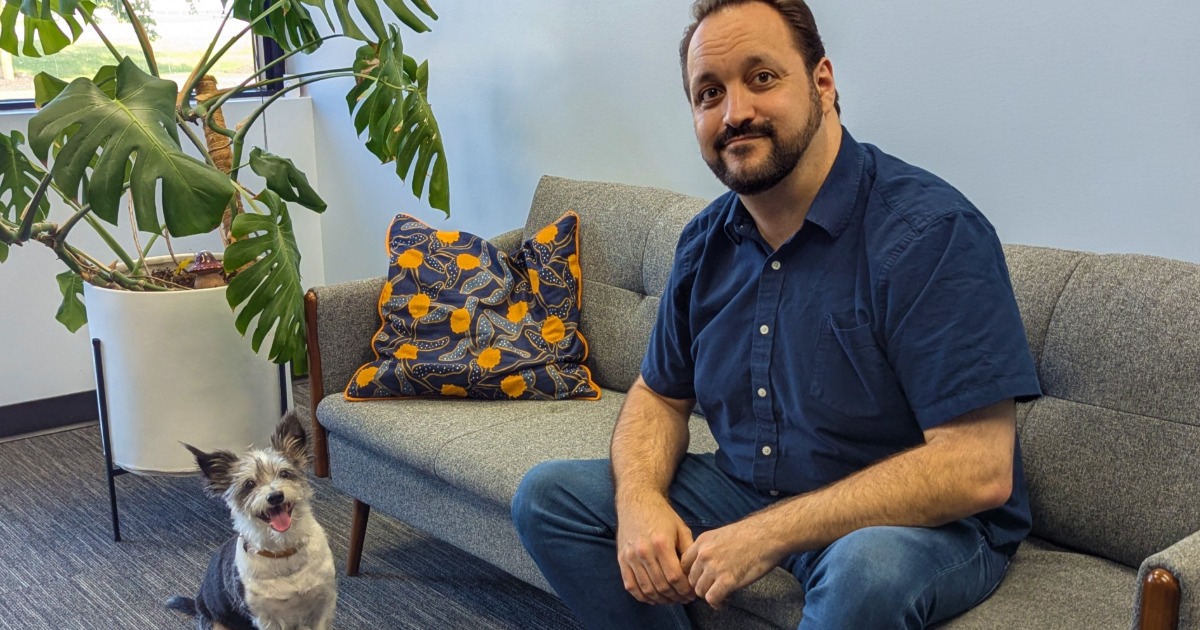The DoD and VA are employing open source in their mammoth joint iEHR to an extent the federal government has not previously attempted – and among the agencies keeping a close eye on that is ONC.
Leading up to the Military EHR conference this week, Government Health IT Editor Tom Sullivan spoke with Lauren Thompson, PhD, director of the Federal Health Architecture (FHA) within ONC about how the DoD and VA leverage NwHIN protocols, FHA’s plans to follow in the DoD and VA’s open source footsteps, and what the future holds for FHA and its immediate governance efforts for federal partners.
Q: I saw that you will be speaking at the Military EHR conference this week. We hear a lot about the joint VA, DoD iEHR and VLER projects, so how do those fit into NwHIN?
A: The VA and DOD utilize the Connect gateway as their transport. Private partners use other transport software but federal partners are using the Connect Gateway, which is the implementation of specifications to enable the Exchange.
Where there’s alignment with the iEHR project, the VA and DoD are very focused on maximizing the open source community and they have a custodial agent in place to manage that process. We are moving down a path with Connect where to this point, although it’s open source and we put the software out in the open source community, we haven’t really been poised to accept contributions from the community to enhance the product. We are now moving in that direction – we are going to be moving toward a true open source model. We are looking at utilizing a custodial agent for that purpose, so in that sense the Connect program is moving toward a model that the VA and DoD are employing with respect to open source.
Q: So will you put out a call for that custodial agent, or might you go with TIAG to build that as the DoD and VA did?
A: We have had some conversations with OSEHRA. We’re in the planning stages of an industry day that we are going to be holding in the April-May timeframe. So there will be more information on that as we get the details worked out, but we are interested in bringing industry together to learn about what capabilities exist and certainly we fully expect OSEHRA to be a participant in that. We think what they’ve done in very short order has been a really tremendous effort.
Q: ONC’s Doug Fridsma recently told me that the NwHIN standards, services and policies essentially form building blocks on which health agencies and private entities will create what he called ‘the next Amazon, eBay or Facebook,’ only for healthcare. So what’s your vision for what that next-generation healthcare site might one day encompass?
A: I’d look to our federal partners who participate in the Federal Health Architecture program to articulate that. We are right now instituting a governance model for the FHA program that is bringing together, at a very strategic level, senior executives across the government health agencies to really begin that dialogue about the places we need to be focusing on, as the next stage in interoperability.
[Related Q&A: On driving common governance between the DoD and VA.]
Q: Is there a timeframe for that governance?
A: We actually held the first meeting of the FHA governance board [last week] and it was a big success – essentially the board approved moving forward with the structure that we intend to put in place which will include a managing board, a more operational level, and a series of working groups that will address architectural and interoperability matters as we go forward. So we’re hoping over the next month to month-and-a-half to really keep moving aggressively toward getting all the pieces of that stood up. I expect over the next several months we’ll really see much more activity coming out of the federal community around this.
Q: As a last question, here: What does the future hold for the Federal Health Architecture?
A: As we bring the federal agencies together to begin the strategic discussions of where we go from here, and from this point forward into the year, we’ll be having the discussion about where the next high priority areas are to address interoperability across the agencies and with partners. So we’ll be leveraging the very broad foundation that’s in place today.


